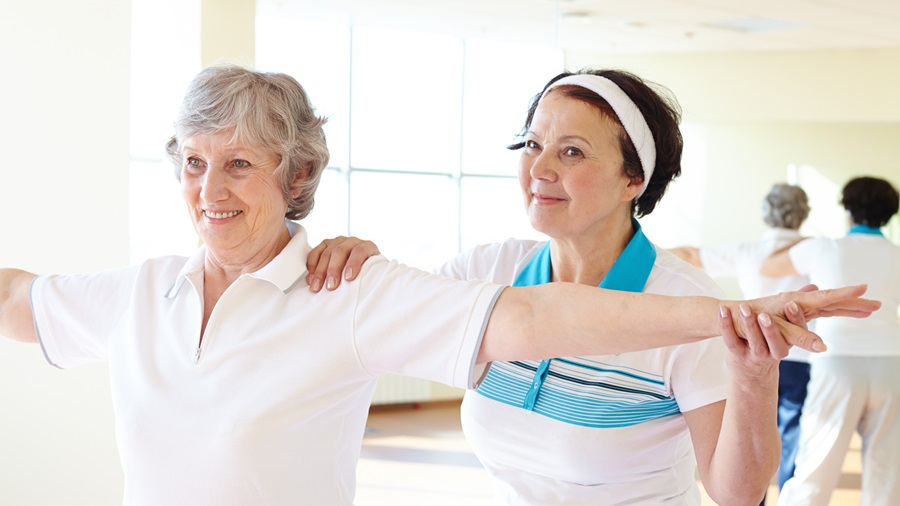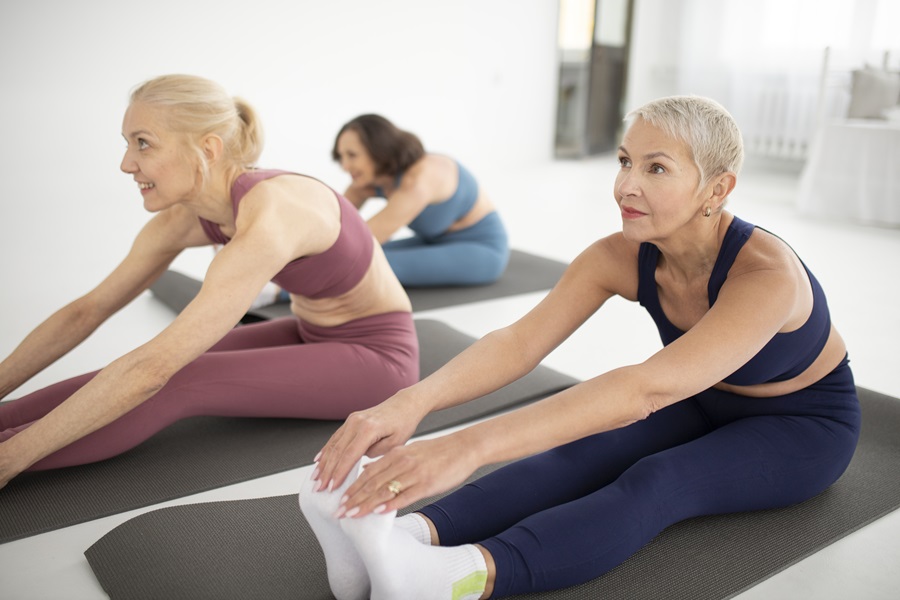Active aging: Exercise routines to boost senior well-being
Maintaining an active lifestyle through appropriate exercise routines helps seniors preserve independence and enjoy a higher quality of life
REGULAR PHYSICAL ACTIVITY is essential for maintaining health, independence, and quality of life as we age. This comprehensive guide explores effective exercise routines designed specifically for seniors, focusing on safety, accessibility, and maximum health benefits.
Foundations of Senior Fitness
Actively undertaking fitness for seniors becomes increasingly crucial after age 65, helping prevent chronic diseases, maintain mobility, and support mental well-being. Before starting any new routine, seniors should consult their healthcare provider and understand their physical limitations. Research shows that seniors who engage in regular physical activity have a 30-40% lower risk of falls and related injuries compared to sedentary individuals. Even modest increases in activity levels can lead to significant improvements in cardiovascular health, with studies indicating that just 30 minutes of daily walking can reduce the risk of heart disease by up to 20%.
Cardiovascular Exercise
Walking remains the most accessible form of cardio for seniors. Start with 10-minute sessions and gradually increase duration. Swimming and water aerobics offer excellent low-impact alternatives that reduce stress on joints while building endurance.
• Aim for 150 minutes of moderate cardio activity weekly, broken into manageable sessions;
• Consider stationary cycling for those with balance concerns;
• Join mall walking groups or community fitness programs for social interaction during exercise.

Strength Training Essentials
Resistance training helps combat age-related muscle loss and maintains bone density. Focus on compound movements using body weight, resistance bands, or light weights.
Proper form takes priority over weight or repetitions. Many exercises can be modified to perform seated or using stability supports. Target major muscle groups twice weekly, allowing rest days between sessions.
Balance and Flexibility Work
Maintaining balance reduces fall risk and supports daily activities. Incorporate simple balance exercises into daily routines, like standing on one foot while holding a counter or chair. Regular stretching helps maintain joint mobility and reduces injury risk.
Chair Yoga and Modified Exercises
Chair yoga provides a safe way to improve flexibility, strength, and mental focus. These modified poses accommodate various mobility levels while delivering similar benefits to traditional yoga. Sessions can range from 15-45 minutes, depending on energy levels.
Home Safety and Equipment
Create a dedicated exercise space with proper lighting and ventilation. Essential equipment includes:
• Sturdy chair for support during standing exercises;
• Non-slip exercise mat;
• Resistance bands of varying strengths;
• Light hand weights or filled water bottle;
• Comfortable, supportive footwear.

Progress Monitoring
Track endurance, strength, and flexibility improvements using simple metrics like walking distance, exercise duration, or the number of repetitions completed. Celebrate small victories and adjust routines as fitness levels improve. Consider keeping a simple exercise journal to document daily activities and energy levels, which can help identify patterns and optimal exercise times. Many seniors find that using fitness tracking devices or smartphone apps motivates concrete data visualization and progress charts. Setting realistic monthly goals, rather than focusing on daily metrics, often proves more sustainable and encourages long-term commitment to physical activity. Regular reassessment of fitness goals every 8-12 weeks ensures the exercise program continues to challenge and benefit the individual as their capabilities evolve.
Mental Health Benefits
Regular exercise contributes significantly to cognitive function and emotional well-being. Group classes provide social interaction, while individual routines can offer meditative benefits and stress relief.
Maintaining an active lifestyle through appropriate exercise routines helps seniors preserve independence and enjoy a higher quality of life. Start slowly, listen to your body, and gradually increase activity levels. Remember that consistency matters more than intensity, and it’s never too late to begin experiencing the benefits of regular physical activity.

